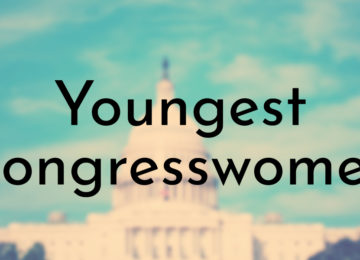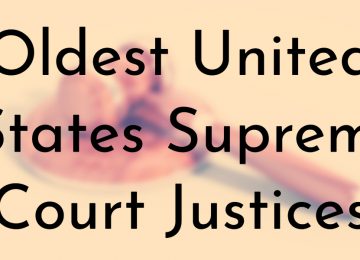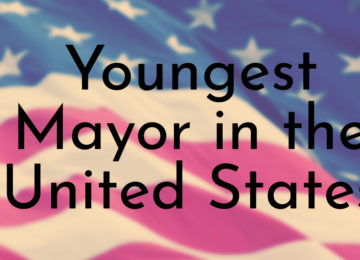Historically, U.S. Governors tend to be quite old and most take office in their 40s or beyond. However, in the early years of the United States, some governors were quite young. Most of the young governors on this list were in their mid-20s to their early 30s. Some died young, not long after leaving office, while others had long political careers. A few of these young governors even helped some of their states earn statehood.
10. Thomas W. Bartley (February 11, 1812 – June 20, 1885)
Age at Start of Term: 32 years, 2 months, 4 days
Duration of Term: April 15, 1844 – December 3, 1844
State: Ohio
Political Party: Democratic
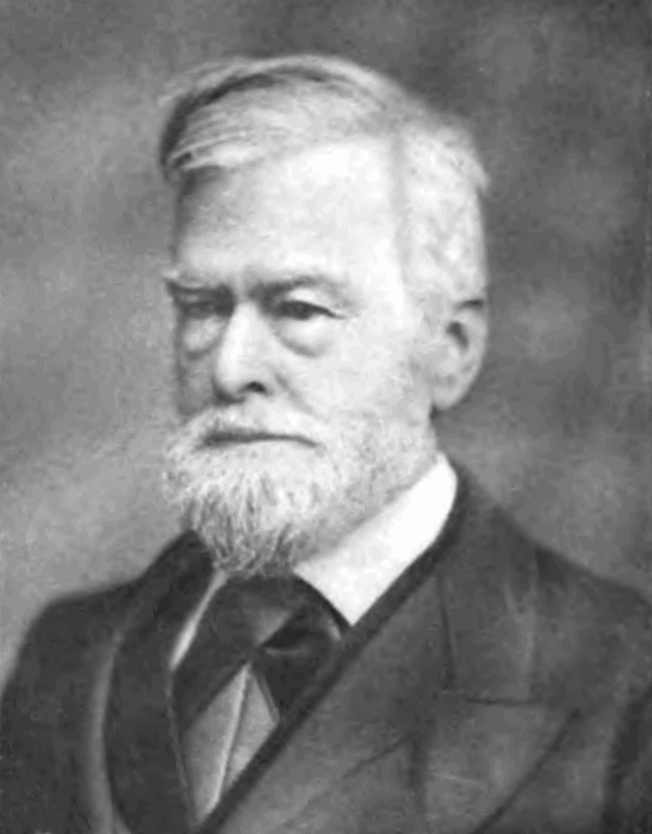
Thomas W. Bartley was 32 years old when he began his service as the 17th Governor of Ohio in 1844. Bartley had previously served in the Ohio House of Representatives from 1839–1841 and then in the Ohio State Senate from 1841 until he replaced Wilson Shannon as governor. Bartley became Governor while concurrently remaining in the Ohio Senate. In the Ohio Senate, Bartley was the 28th Speaker from 1843 until his term ended in 1845.
After his governorship, Bartley moved to Cincinnati to practice law. In 1852, Bartley became an Associate Justice of the Ohio Supreme Court.
Did You Know?
At the end of his gubernatorial term, Thomas W. Bartley had sought re-election, but lost at the state convention by a single vote. Bartley’s father, Mordecai Bartley, became the 18th Governor of Ohio, one of the few times that a father replaced their son in high elected office in the United States.
9. Harold Stassen (April 13, 1907 – March 4, 2001)
Age at Start of Term: 31 years, 8 months, 20 days
Duration of Term: January 2, 1939 – April 27, 1943
State: Minnesota
Political Party: Republican
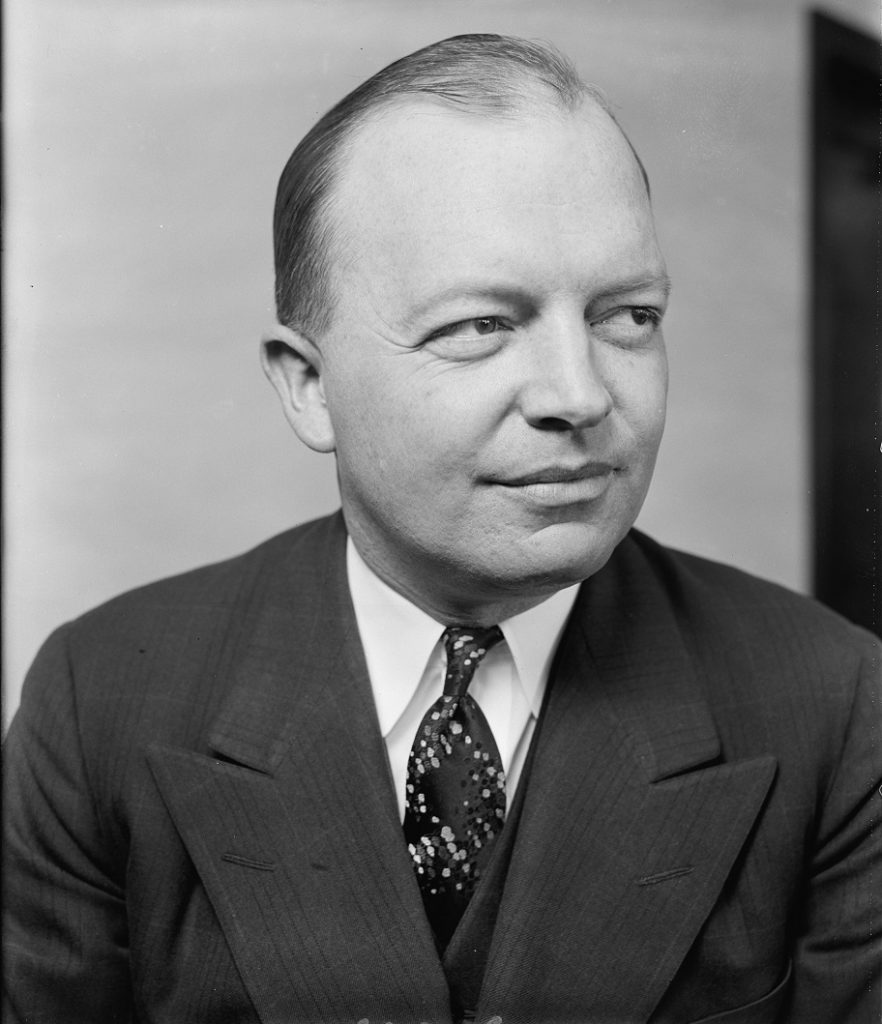
Harold Stassen is the youngest U.S. governor in modern American history. Stassen was only 31 when he was elected as the 25th Governor of Minnesota. During his time as governor, Stassen briefly served as Chair of the National Governors Association from 1941 to 1942. After his governorship, Stassen served as the 3rd President of the University of Pennsylvania. Under President Dwight D. Eisenhower’s administration, Stassen served as the Director of the Mutual Security Agency and as the Director of the United States Foreign Operations Administration.
While he never held another elected position after serving as governor, Stassen tried to run for various offices, including President of the United States, for many years. Stassen was later best known for being a perennial candidate for the Republican Party nomination for President of the United States, seeking it nine times between 1944 and 1992 (1944, 1948, 1952, 1964, 1968, 1980, 1984, 1988, and 1992).
Did You Know?
During the 1948 Republican primaries, Harold Stassen participated in the Dewey–Stassen debate, the first recorded debate between presidential candidates.
8. John Gary Evans (October 15, 1863 – June 26, 1942)
Age at Start of Term: 31 years, 1 month, 20 days
Duration of Term: December 4, 1894 – January 18, 1897
State: South Carolina
Political Party: Democratic
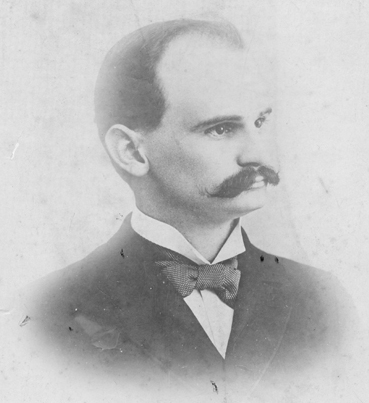
John Gary Evans was the 85th Governor of South Carolina from 1894 to 1897. Evans’ political career started back in 1888 when was elected in 1888 to the South Carolina House of Representatives at the age of 25. A few years later, Evans was elected to the South Carolina Senate. His quick rise in South Carolina politics, helped win Evans his gubernatorial seat.
Following his time as governor, Evans tried several times to run for the U.S. Senate, but ultimately failed. After 1908, he stopped trying focused his energies on internal Democratic politics. Three times he served as a delegate to the Democratic National Conventions in 1900, 1912, and 1916. In 1914, he became the chairman of the South Carolina Democratic State Executive Committee and from 1918 to 1928 was the National Democratic Committeeman from South Carolina.
Did You Know?
When John Gary Evans lost two back-to-back Senate elections in 1896 and 1897, he volunteered as a major in the U.S. Army for the Spanish–American War in 1898 and helped create the civilian government of Havana.
7. J. Neely Johnson (August 2, 1825 – August 31, 1872)
Age at Start of Term: 30 years, 5 months, 7 days
Duration of Term: January 9, 1856 – January 8, 1858
State: California
Political Party: Know Nothing (American Party)
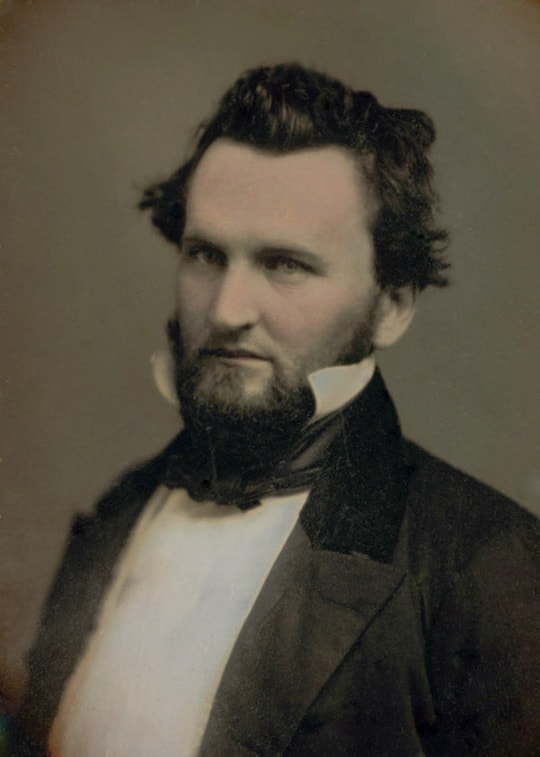
J. Neely Johnson was the 4th Governor of California from 1856 to 1858. Johnson was 30 years old at the start of his governorship, making him the youngest governor ever in California’s history. His time as governor was marked by the violent San Francisco Vigilance Movement. The movement formed in response to rampant crime and corruption in the municipal government of San Francisco. The crisis overshadowed the rest of Johnson’s term and he lost his party’s nomination for re-election.
Looking for a fresh start after his governorship, Johnson moved to the Utah Territory, which included the Nevada Territory at that time. Johnson was appointed justice to the Nevada Supreme Court from 1867 to 1871.
Did You Know?
As a member of the American Party, J. Neely Johnson is one of only three members of a third party to be elected to the California governorship (the others are Frederick Low of the National Union Party and Hiram Johnson of the Progressive Party).
6. Enoch Lowe (August 10, 1820 – August 23, 1892)
Age at Start of Term: 30 years, 4 months, 27 days
Duration of Term: January 6, 1851 – January 11, 1854
State: Maryland
Political Party: Democratic
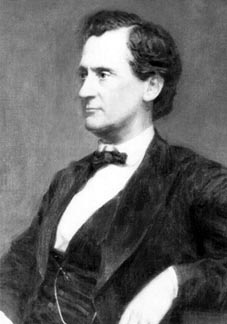
Enoch Lowe served as the 29th Governor of Maryland from 1851 to 1854 when he was in his early 30s. Prior to his governorship, Lowe was a member of the Maryland House of Delegates in 1845. Lowe was also a member of the Democratic National Convention in 1856 and a U.S. Presidential elector in 1860. While he was governor, the Maryland Constitution of 1851 was adopted and the Baltimore and Ohio Railroad was completed to the Ohio River.
During the American Civil War, Lowe supported the Confederacy, but he did not serve in the military. Outside of politics, Lowe practiced law and worked for the law firm of Richard F. Clarke and W. H. Morgan in New York.
Did You Know?
Enoch Lowe is mentioned in the song “Maryland, My Maryland,” which later became the state anthem.
5. Amos Barber (July 25, 1860 – May 18, 1915)
Age at Start of Term: 30 years, 3 months, 30 days
Duration of Term: November 24, 1890 – January 2, 1893
State: Wyoming
Political Party: Republican
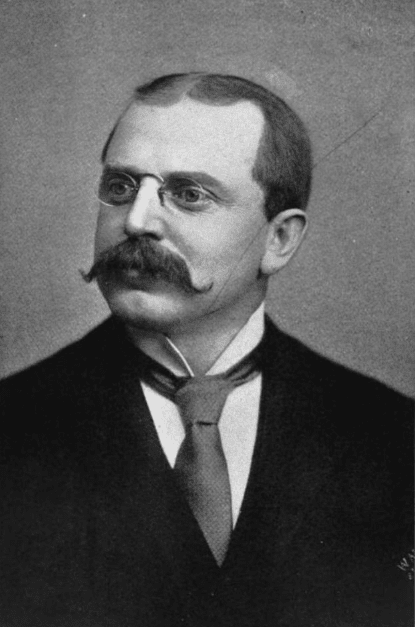
Amos Barber served as the 2nd Governor of Wyoming after that state joined the Union in 1890. Barber had initially been elected as the 1st Secretary of State of Wyoming, but Governor Francis E. Warren resigned to take up a United States Senate seat and Barber was selected to take Warren’s place. When John E. Osborne was elected as the 3rd Governor of Wyoming in 1893, Barber resumed his role as Secretary of State until 1895.
At the end of this term as Secretary of State, Barber returned to Cheyenne and resumed his medical practice. Barber had previously served as Acting Surgeon in the United States Army and accompanied General George Crook’s expedition to Arizona. He resigned from the military in 1889.
Did You Know?
During the Spanish-American War in 1898, Amos Barber rejoined the military to once again serve as Acting Surgeon.
4. Samuel J. Crawford (April 10, 1835 – October 21, 1913)
Age at Start of Term: 29 years, 8 months, 30 days
Duration of Term: January 9, 1865 – November 4, 1868
State: Kansas
Political Party: Republican
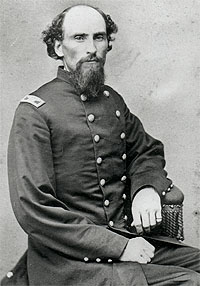
Samuel J. Crawford was the 3rd Governor of Kansas, serving from 1865 to 1868. After arriving in the Kansas Territory in 1859, Crawford practiced law. Not long after, he became politically active and participated in the organization of the Republican Party in Kansas. In September 1859, Crawford was a delegate to the Republican state convention at Topeka. A few months later, Crawford was was elected a member of the first state Legislature, and assisted in putting the state government into operation.
Not long after the start of the American Civil War in 1861, Crawford quit his legislative seat to become captain in the 2nd Kansas Infantry. Crawford was eventually appointed colonel of the 2nd Kansas (Colored) Infantry. He was nominated for governor while he was still in active military service.
Did You Know?
Samuel J. Crawford resigned from his governoship to take command of the 19th Kansas Cavalry Regiment, which joined the 7th United States Cavalry in the Custer-Sheridan Winter Campaign of 1868–69.
3. William Sprague IV (September 12, 1830 – September 11, 1915)
Age at Start of Term: 29 years, 8 months, 17 days
Duration of Term: May 29, 1860 – March 3, 1863
State: Rhode Island
Political Party: Republican
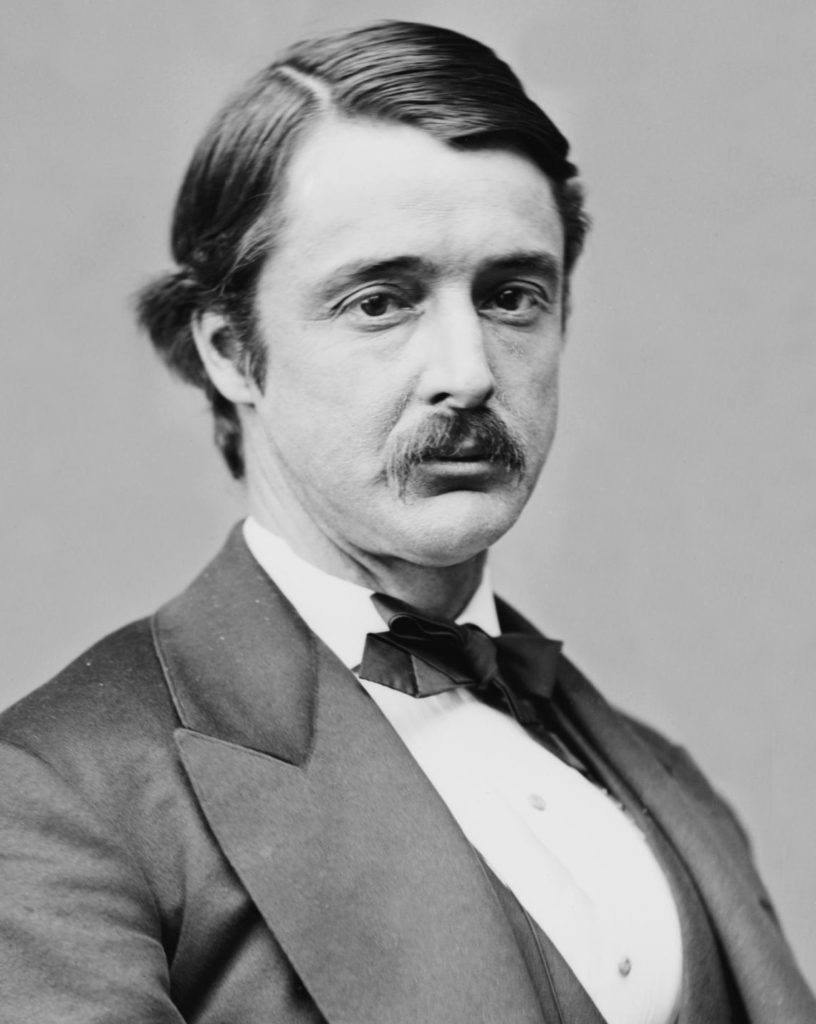
William Sprague IV was the 27th Governor of Rhode Island from 1860 to 1863. After his govenorship, Sprague was elected to the U.S. Senate and served in that role until 1875. At the start of American Civil War, Sprague accompanied the Rhode Island brigade, under command of Colonel Ambrose Burnside, in the First Battle of Bull Run because he believed that fight would only last for two days. After realizing that his was not the case, Sprague turned down a commission as a Brigadier General of Volunteers to focus on his work as governor.
Before being elected governor, Sprague worked in the family business, the A.& W. Sprague Manufacturing Company. Sprague resumed the direction of his manufacturing establishments after leaving the Senate.
Did You Know?
Outside of his political career, William Sprague IV dabbled in coming up with inventions. He operated the first rotary machine for making horseshoes, perfected a mowing machine, and also various processes in calico printing.
2. Henry C. Warmoth (May 9, 1842 – September 30, 1931)
Age at Start of Term: 26 years, 1 month, 18 days
Duration of Term: June 27, 1868 – December 9, 1872
State: Louisiana
Political Party: Republican
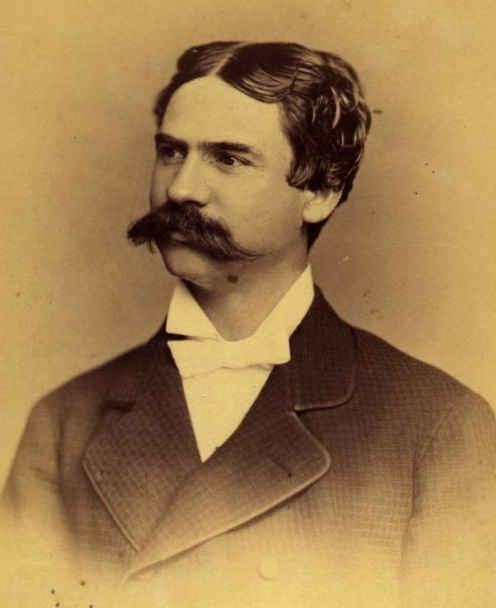
Henry C. Warmoth was the 23rd Governor of Louisiana and he began his tenure when he was 26 years old. Warmoth was governor during the early Reconstruction Era, from 1868 to 1872. His term as governor ended he was impeached Louisiana’s legislature and barred from office. Warmoth was impeached because he faced strong criticism from some Republican leaders for weakening civil rights legislation and for endorsing a Democratic/Fusionist ticket in the 1872 election.
Following his time as governor, Warmoth bought a plantation in 1873. Warmoth helped establish a sugar refinery and get a railroad constructed along the west bank of the Mississippi, which contributed to the development of the area.
Did You Know?
While he never held another elected position, in 1890, Henry C. Warmoth was appointed US Collector of Customs in New Orleans by President Benjamin Harrison.
1. Stevens T. Mason (October 27, 1811 – January 4, 1843)
Age at Start of Term: 24 years, 7 days
Duration of Term: November 3, 1835 – January 7, 1840
State: Michigan
Political Party: Democratic
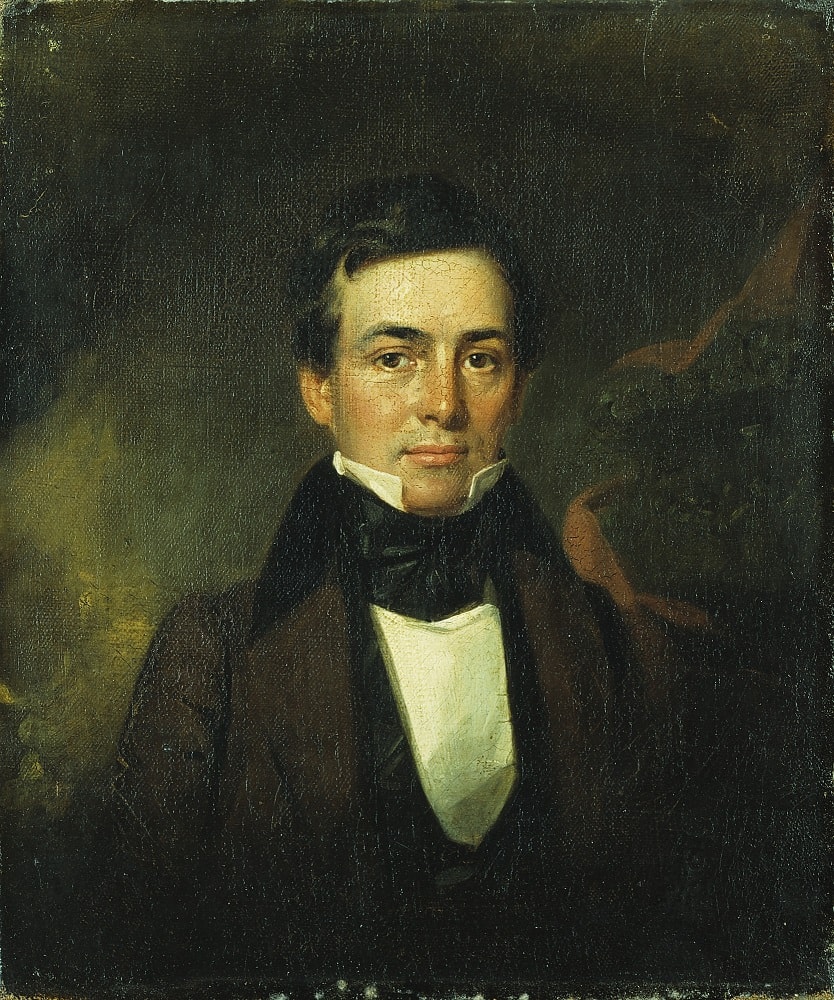
Stevens T. Mason was 24 years and 7 days old when he became the 1st Governor of Michigan, making him the youngest U.S. governor ever in American history. Mason had entered politics when he was just 19 years old after he was appointed acting territorial secretary by President Andrew Jackson. In 1834, when he was 22, Mason became the territorial governor of Michigan. As territorial governor, Mason was instrumental in guiding Michigan to statehood.
While Mason’s political career was in Michigan, he was born in Virginia and raised in Kentucky. A year after he ended his tenure as governor, Mason moved to New York City, where his wealthy father-in-law, Thaddeus Phelps, lived. Mason tried to set up a law practice, but was unable to build clientele. He died the following year in 1843 from pneumonia.
Did You Know?
Several members of Stevens T. Mason’s family were involved in politics, including his father, John Thomas Mason, who a lawyer, United States marshal, Secretary of Michigan Territory from 1830 through 1831, a land agent, and an important figure in the Texas Revolution.



